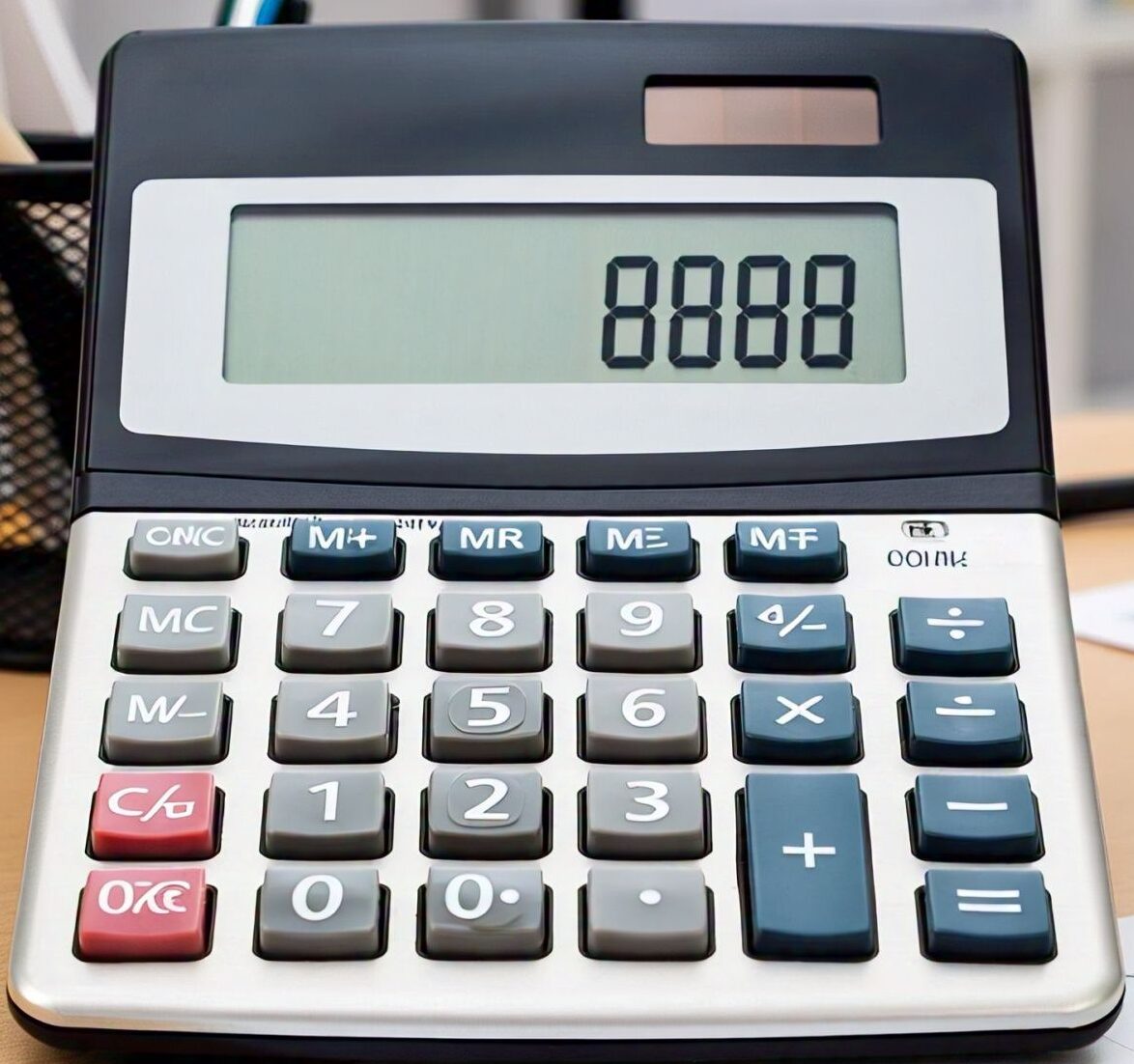Add/Subtract Two Time Values
Time Calculator in Expression
Add or Subtract Time from a Date
Use this calculator to add or subtract time (days, hours, minutes, seconds) from a starting date and time. The result will show the new time and date based on the added or subtracted period. If you want to calculate the amount of time (in days, hours, minutes, and seconds) between two different dates, you can use the Time Duration Calculator.
Start Time
Select the starting date and time:
Date: April 26, 2025
Time: 12:54:11 PM
Time to Add/Subtract
Input the time you wish to add or subtract (in days, hours, minutes, or seconds). The result will be displayed once you enter the time difference.
Days: 0
Hours: 0
Minutes: 0
Seconds: 0
Time Calculator Using Expressions
This feature allows you to add or subtract multiple time values using a mathematical expression. Time can be expressed in days (d), hours (h), minutes (m), and seconds (s), with the only operators being "+" (addition) and "-" (subtraction). For example:
1d 2h 3m 4s + 4h 5s - 2030s is a valid input.
Related Tools
- Date Calculator
- Age Calculator
Time Concepts and Units
Time can be added or subtracted just like numbers, but due to its unique nature, time calculations differ from regular mathematical operations. Here are some common units of time:
- Millennium: 1,000 years
- Century: 100 years
- Decade: 10 years
- Year (average): 365.242 days
- Common Year: 365 days
- Leap Year: 366 days
- Month: 28-31 days
- Week: 7 days
- Day: 24 hours
- Hour: 60 minutes
- Minute: 60 seconds
- Second: Base unit
- Millisecond: 1/1000 second
- Microsecond: 1/1,000,000 second
Historical Perspectives on Time
Throughout history, time has been understood and interpreted in various ways. Ancient Greek philosopher Aristotle described time as "a number of movements in respect of the before and after," linking it to change and motion. On the other hand, Isaac Newton viewed time as absolute, flowing uniformly regardless of external factors, while Gottfried Leibniz believed that time could only exist in relation to objects and events.
Albert Einstein's theory of relativity revolutionized the understanding of time, showing that time is not absolute and can vary depending on the observer's speed and location. Einstein introduced the concept of spacetime, showing how the fabric of space and time is interconnected and how it changes under different conditions.
How Time is Measured
Today, two primary systems are used to measure time: the calendar and the clock. These systems are based on the sexagesimal numeral system, which originated in ancient Sumer. The system is based on the number 60, which simplifies many time-related calculations.
The concept of dividing the day into smaller units can be traced back to ancient civilizations, with Egyptians using sundials and Greek astronomer Hipparchus proposing the 24-hour day, which has since become standard.
Timekeeping Devices
Early timekeeping devices, such as sundials, water clocks, and hourglasses, helped people track the passage of time. The first pendulum clock, developed by Christiaan Huygens in the 17th century, brought greater accuracy. Today, atomic clocks—the most precise timekeeping devices—use cesium atomic resonance to measure time to an extremely high degree of accuracy.
